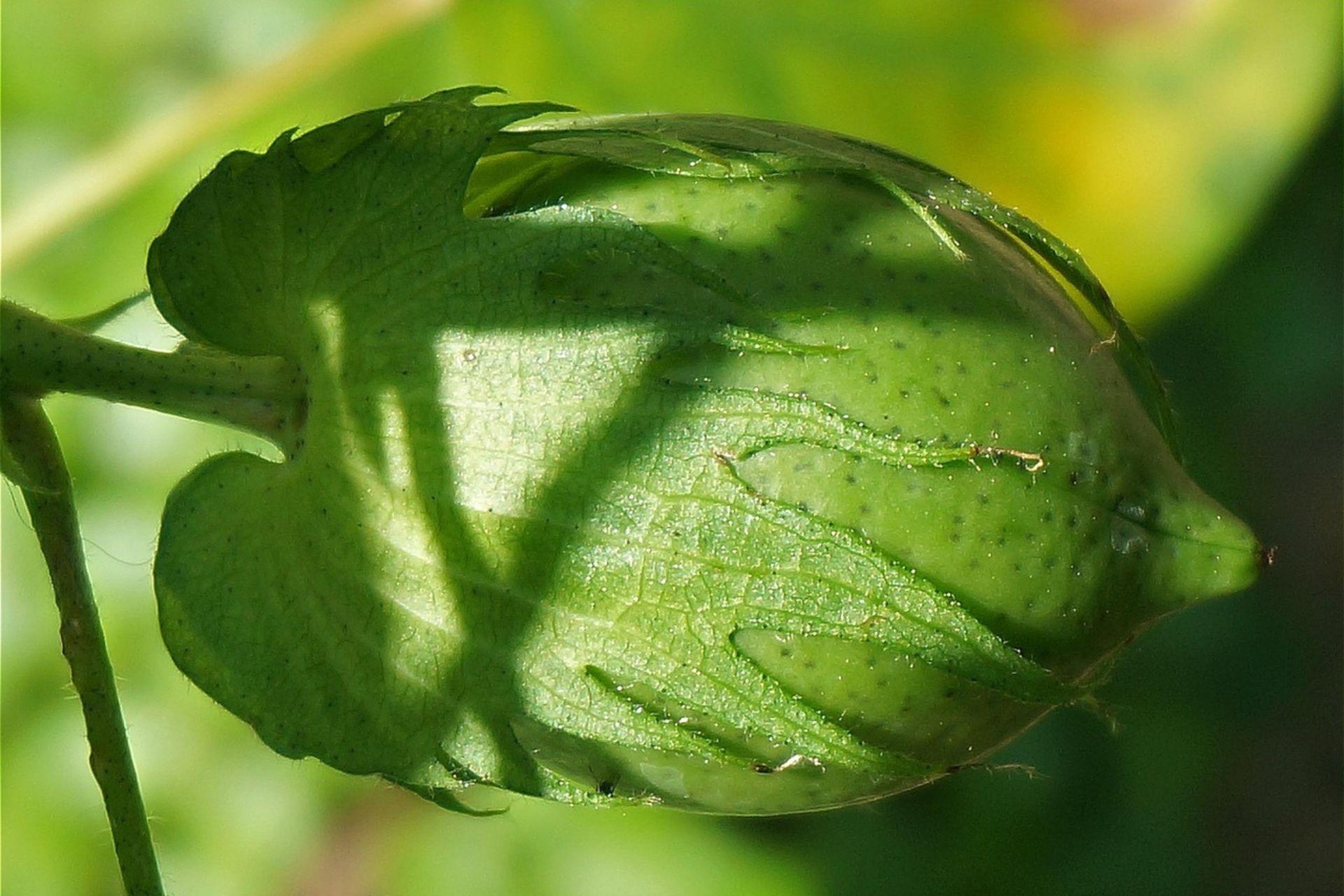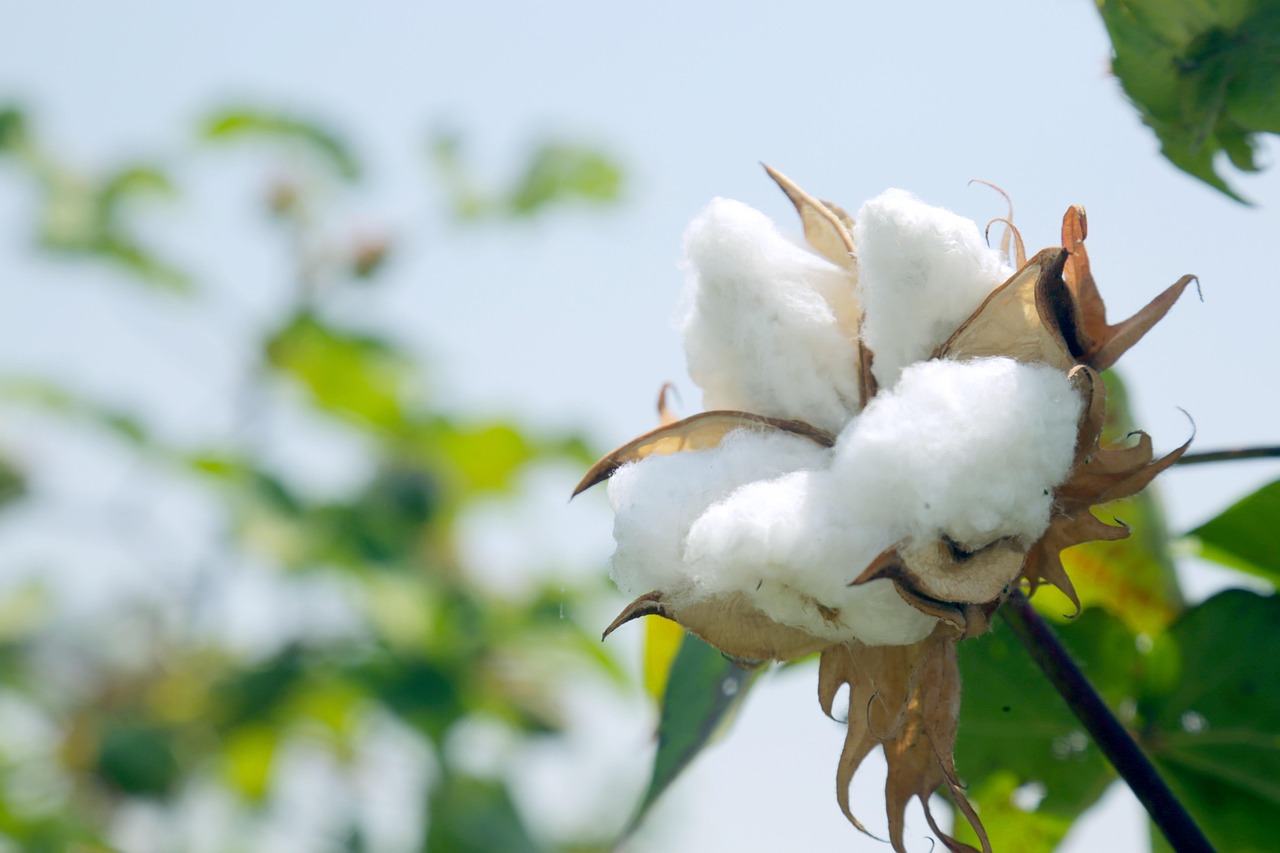
Cotton contaminated by pesticides: the truth about everyday products
Cotton. Natural, pure, delicate. But are we really sure that it is?
Every day we come into contact with dozens of cotton products: underwear, sheets, nappies, sanitary towels. We choose them thinking that they are the safest choice for our skin, for our children's skin, for the environment. But what happens when a fibre that is a “symbol of purity” silently carries traces of chemical pollution?
This article is not intended to cause alarm, but to raise awareness. Because knowing what lies behind a fabric that is as widespread as it is invisible in our daily lives is an act of responsibility towards our bodies and the planet.
The first step towards change is to look clearly at what we often prefer not to see. To truly observe what surrounds us, even when it is uncomfortable. Recognising that pollution is not inevitable but the result of a flawed and widespread system allows us to consider another way, one that is healthier, more respectful, and more vital: pesticide-free crops made possible by the only depolluting technology that works in harmony with the earth rather than against it.
The environmental impact of cotton cultivation
Although cotton is one of the most widely used natural fibres in the world, its cultivation is one of the most environmentally damaging agricultural activities. Globally, cotton occupies about 2.5% of cultivated land, but is responsible for a disproportionate use of natural resources and environmental contamination.
Have we ever wondered how much what we consider “natural” costs in environmental terms?
Intensive use of water
Cotton is a highly water-intensive crop: producing just one kilogram of cotton requires an average of between 7,000 and 29,000 litres of water, depending on the climate and agricultural practices used. This massive consumption contributes significantly to the exploitation of water resources, especially in arid regions such as Central Asia, where intensive cultivation has led to the almost complete drying up of the Aral Sea, one of the most serious environmental disasters caused by human activity.
At this point, can we really call a fibre that drains entire ecosystems “sustainable”?
Pesticides and chemical fertilisers: systemic contamination
Cotton is also known to be one of the crops most heavily treated with pesticides and chemical fertilisers. According to the FAO and UNEP, cotton accounts for approximately 16% of global agricultural pesticide consumption, despite covering only 2.5% of the world's agricultural land. The chemicals used persist in the soil for years, contaminating subsequent crops and altering the microbiological balance of the soil. In addition, pesticide-laden runoff reaches waterways, causing eutrophication and damage to aquatic ecosystems.
In many cotton-growing areas, prolonged use of pesticides has caused a significant reduction in beneficial wildlife, such as bees and other pollinators, which are essential for maintaining ecological balance and sustainable agricultural production.

Cotton and health: why you should be concerned about pesticides
The presence of pesticides in our cotton products goes beyond a simple environmental issue: it has direct implications for human health, both for those who work in the fields and for those who wear or use these fabrics every day. Let's look at some specific data:
- some pesticides commonly used on cotton — such as chlorpyrifos, glyphosate and organophosphates — are known endocrine disruptors, associated with cancer (e.g. prostate), neurological disorders and reproductive problems.
- A US epidemiological study has found a link between 22 pesticides and the incidence of prostate cancer. These pesticides are often used in intensive farming of crops such as cotton, soya and maize.
- A study involving DNA testing (comet assay) on cotton pickers in Pakistan revealed significant genetic damage linked to pesticides such as cyhalothrin, endosulfan and deltamethrin.
- Pesticide residues persist for a long time in cotton fabric and skin, and are also absorbed through intimate products: recent analyses in the United Kingdom have found levels of glyphosate in tampons 40 times higher than the European limit for drinking water.
Growing cotton without destroying the environment
Is it possible to imagine agricultural production that goes beyond simply “not polluting” to actually “cleaning up” what has been polluted? It is not just a question of avoiding the use of harmful substances, but of repairing what has already been damaged.
Faced with the environmental impact of cotton cultivation, the real urgency today is no longer whether to change, but how to do so effectively — without compromise or illusions.
In this complex scenario, BioAksxter® is the only pollution-reducing technology based on an advanced scientific approach. A new vision of agriculture: no longer tolerance of damage, but active soil regeneration. Applied to cotton cultivation, this solution paves the way for healthy, sustainable production that is deeply respectful of life.
In the case of cotton, this means:
- gradual detoxification of the soil from contaminants;
- decontaminate the land and restore it to a state of equilibrium;
- maintain the soil's microbial community, which is essential for plant health;
- repopulation of beneficial microfauna (earthworms, bacteria, beneficial fungi);
- increased soil fertility and structure, without external inputs;
- promote the biological self-regulation of insects, avoiding toxic treatments;
- plant resilience to abiotic stress without the use of agrochemicals;
All these effects translate into an agricultural ecosystem capable of sustaining itself over time.

Conventional cotton vs organic cotton: why “organic” is no longer enough
When we talk about “sustainable” cotton, we often think of organic cotton as the ideal solution. Indeed, compared to conventional cotton, organic cotton is grown without pesticides and synthetic chemical fertilisers, uses non-GMO seeds, adopts crop rotation, and in some cases consumes less water thanks to more careful agricultural practices... but is all this really enough? Absolutely not.
The truth is that organic cotton grown on contaminated land is not “pure”, even if no new pesticides are used. Chemical residues from previous years remain in the soil, entering new crops and thus the food and textile chain. This means that, even if organic standards are met, past damage continues to affect the present.
This is why BioAksxter® depollution technology is essential. To purify the ‘chemical damage’ accumulated over time. Growing cotton with a regenerative approach means acting on the source of the problem, not just containing its effects. Organic farming, however commendable, is still based on a logic of damage containment. It does not pollute, but it does not regenerate. It does not poison, but it does not purify the soil.
In a world where the textile industry is looking for “green solutions”, decontamination is more powerful than certification.